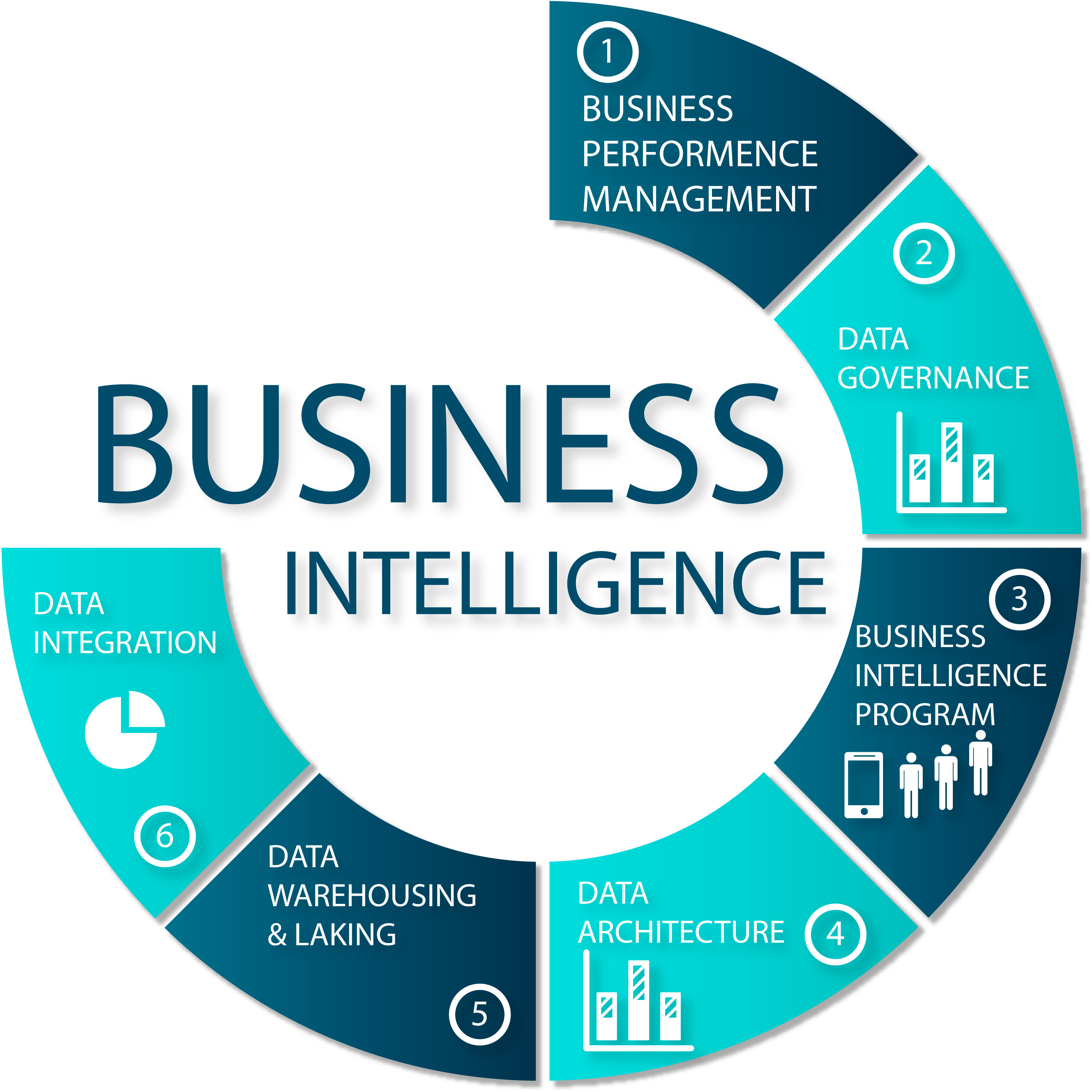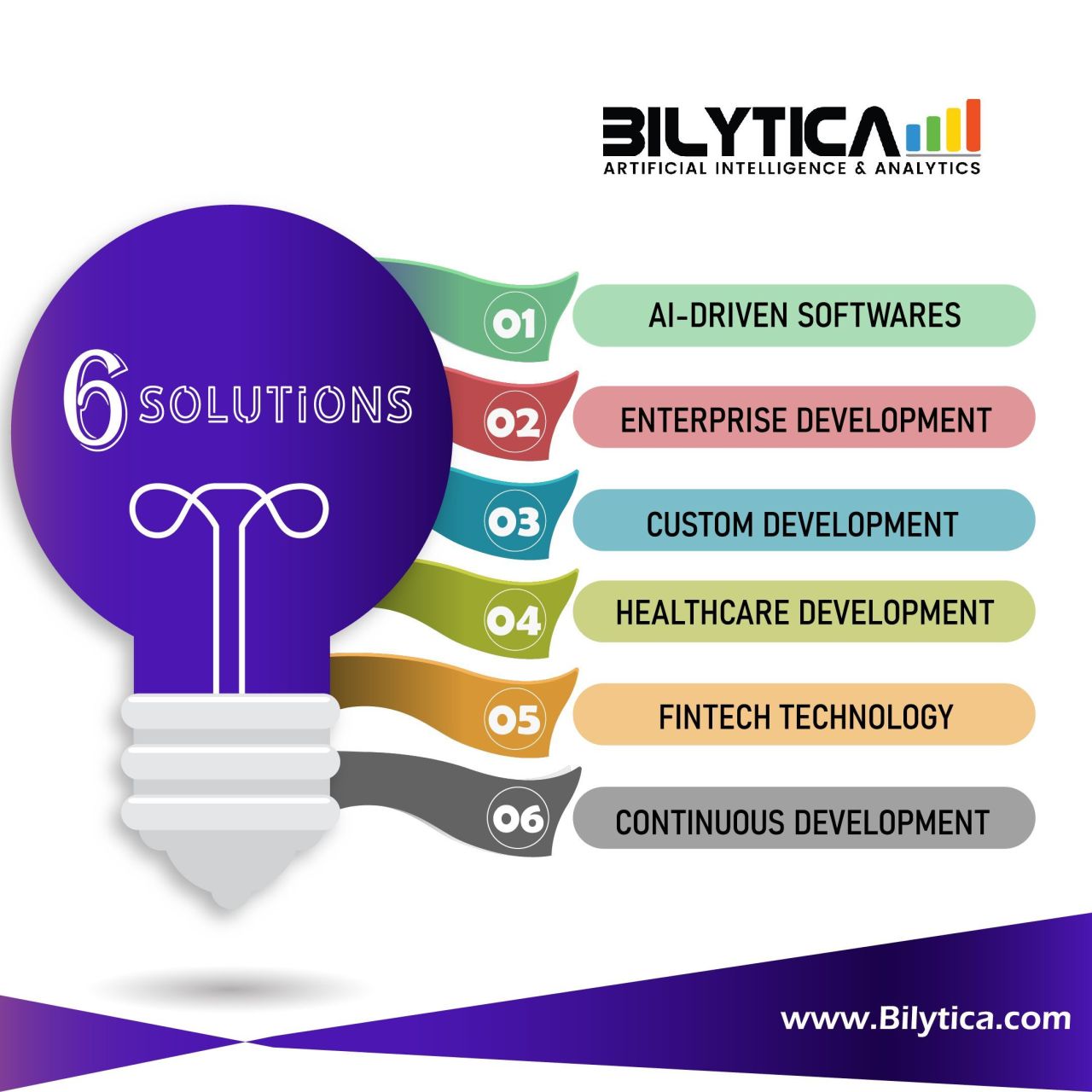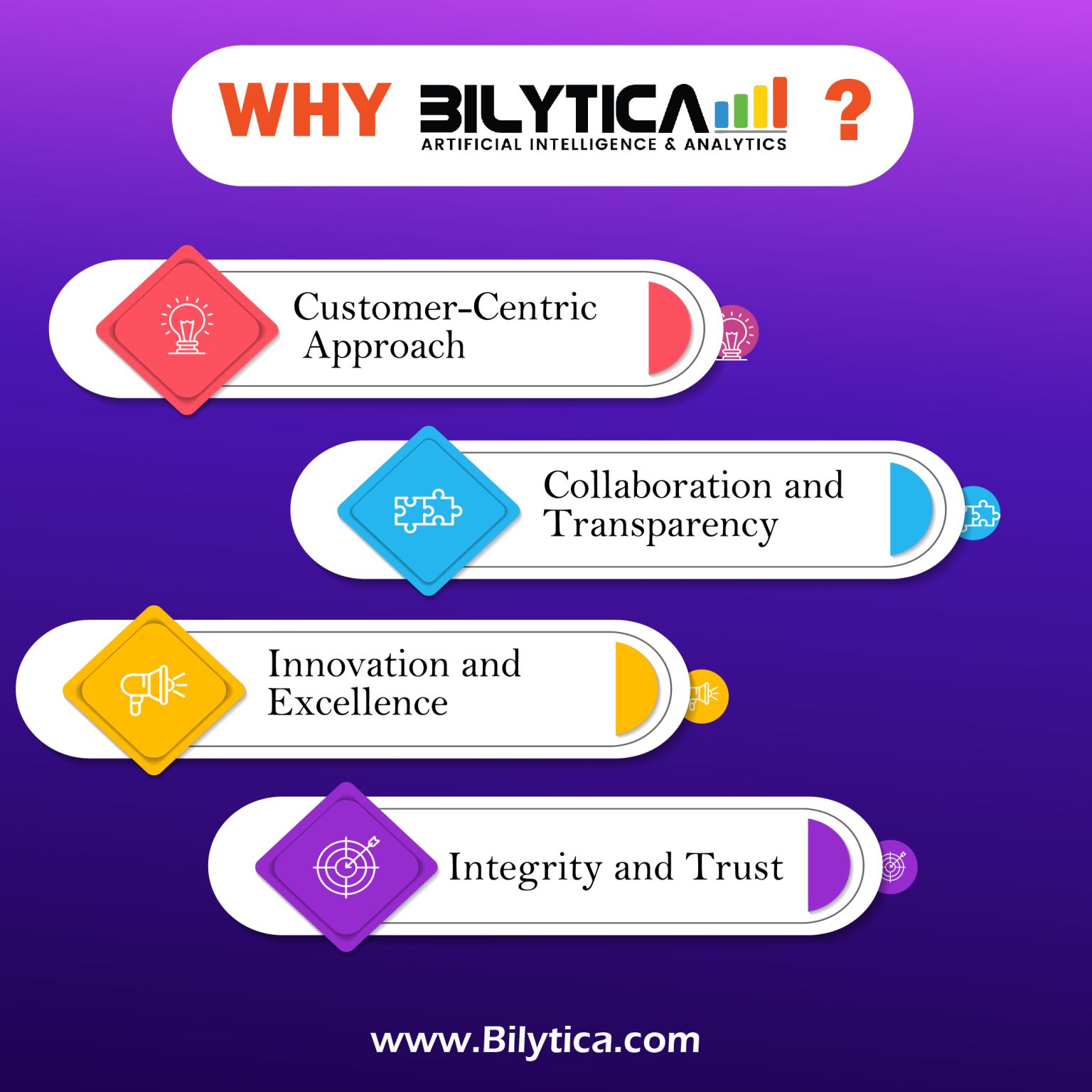Bilytica # 1 is one of the top BI organizations increasingly rely on data to make informed decisions. Traditional reporting and Business Intelligence (BI) represent two different approaches to managing and interpreting this data. While both methods aim to provide insights, they do so in fundamentally different ways. Traditional reporting focuses on static, historical data presented in predefined formats, often generated periodically. In contrast, BI offers dynamic, interactive tools that allow users to analyze real-time data, generate insights, and make data-driven decisions on the fly.
This article will explore the key differences between traditional reporting and BI, examining their features, benefits, limitations, and how they serve various organizational needs.
Click to Start Whatsapp Chat with Sales
Call #:+923333331225
Email: sales@bilytica.com
Bilytica #1 BI

Definition and Scope
Traditional Reporting
Traditional reporting refers to the generation of reports that present historical data in a structured and standardized format. These reports are typically static and generated periodically—daily, weekly, monthly, or quarterly. Traditional reports focus on summarizing past events and are often used for compliance, regulatory reporting, and performance tracking.
For example, a financial report summarizing a company’s quarterly earnings or a sales report that tracks revenue over a specific period are typical examples of traditional reporting.
Business Intelligence (BI)
BI encompasses a broad range of tools, technologies, and processes that allow organizations to analyze data, generate insights, and support decision-making. Unlike traditional reporting, BI is dynamic and interactive. BI tools enable users to explore data in real time, create custom dashboards, and perform ad-hoc analysis.
For example, a BI dashboard might allow a sales manager to drill down into sales data by region, product, or sales representative, enabling them to identify trends and make informed decisions quickly.
Data Sources and Integration
Traditional Reporting
Traditional reporting often relies on structured data from a limited number of sources, such as databases, spreadsheets, or legacy systems. The data is usually extracted, transformed, and loaded (ETL) into a reporting system, where predefined reports are generated.
Integration between data sources in traditional reporting is often manual and time-consuming. For example, if a company wants to combine data from its CRM system and financial system, it may require significant effort to consolidate and standardize the data before generating a report.
Business Intelligence (BI)
BI tools, on the other hand, can connect to a wide variety of data sources, including structured and unstructured data, cloud-based systems, and real-time data streams. BI platforms often come with built-in data connectors and integration capabilities that allow for seamless data aggregation from multiple sources.
For example, a BI tool can pull data from a company’s ERP system, social media platforms, and IoT devices, allowing for a comprehensive view of the organization’s operations. This capability enables more complex and nuanced analysis than traditional reporting.
Report Generation and Customization
Traditional Reporting
Traditional reports are typically predefined and generated using fixed templates. Once created, these reports are static and cannot be easily modified by end-users. Customization, if needed, often requires assistance from IT or specialized personnel.
For instance, a finance department may generate a monthly financial statement using a standard template. If a manager wants to see additional details or different views of the data, they may need to request a custom report, which can take time to produce.
Business Intelligence (BI)
BI tools offer far greater flexibility when it comes to report generation and customization. Users can create their own reports and dashboards using drag-and-drop interfaces, apply filters, and drill down into data to explore specific details.
For example, a marketing manager using a BI tool can create a custom dashboard that tracks campaign performance in real-time, adjust the view to focus on a particular region or demographic, and share the insights with the team—all without needing IT support.
Data Analysis and Insights
Traditional Reporting
Traditional reporting primarily focuses on presenting historical data in a summary format. The analysis is often limited to basic calculations, such as totals, averages, and percentages. Insights are generally derived from interpreting the static data presented in the report.
For example, a sales report may show that a particular product’s sales increased by 10% over the last quarter. However, traditional reporting does not offer the tools to analyze why this increase occurred or what factors contributed to it.
Business Intelligence (BI)
BI goes beyond basic reporting by offering advanced data analysis capabilities. BI tools provide users with the ability to perform complex calculations, identify trends, and generate predictive insights. Machine learning algorithms and AI are often integrated into BI platforms to enable predictive analytics and forecasting.
For example, a BI tool can analyze customer behavior data to predict future purchasing patterns, allowing a retailer to optimize inventory levels and marketing strategies. BI also enables real-time data analysis, allowing organizations to respond quickly to emerging trends and issues.

Interactivity and User Experience
Traditional Reporting
Traditional reporting is largely static, with limited interactivity for end-users. Reports are typically generated in formats such as PDFs or Excel spreadsheets, which users can view but not interact with. Any changes or additional analysis require a new report to be generated.
For instance, a manager may receive a monthly sales report in PDF format. If they want to explore the data further or view it from a different angle, they must request a new report, which can be a time-consuming process.
Business Intelligence (BI)
Power BI tools are highly interactive, allowing users to explore data in real-time. Dashboards and reports in BI platforms are dynamic, enabling users to filter data, drill down into details, and adjust visualizations on the fly. The user-friendly interfaces of BI tools empower non-technical users to conduct their own analysis without relying on IT.
For example, a sales manager can use a BI dashboard to interact with sales data, apply filters to focus on specific regions or time periods, and visualize the data in different ways, such as charts, graphs, or heatmaps. This interactivity enhances the user experience and enables more effective decision-making.
Accessibility and Collaboration
Traditional Reporting
Traditional reports are often distributed via email or printed and shared within the organization. This approach can limit accessibility and hinder collaboration, as reports are typically static and siloed. Collaborating on traditional reports often involves multiple versions and back-and-forth communication.
For example, if a team needs to discuss a quarterly financial report, they may need to email different versions of the report, leading to confusion and difficulty in tracking changes.
Business Intelligence (BI)
BI tools promote accessibility and collaboration by providing web-based platforms that can be accessed from anywhere with an internet connection. BI platforms often come with built-in collaboration features, such as sharing dashboards, commenting, and real-time updates.
For example, a project team can collaborate on a BI dashboard, with each member having access to the latest data and insights. Team members can comment on specific data points, share findings, and make decisions in real-time, fostering a more collaborative and agile work environment.
Scalability and Flexibility
Traditional Reporting
Traditional reporting systems are often less scalable and flexible than BI tools. As organizations grow and their data needs become more complex, traditional reporting systems may struggle to keep up. Adding new data sources or generating more complex reports may require significant manual effort and system upgrades.
For example, a small business may find that its traditional reporting system is adequate for tracking basic financial data, but as the business expands and adds new revenue streams, the system may become cumbersome and unable to handle the increased complexity.
Business Intelligence (BI)
BI systems are designed to be scalable and flexible, making them well-suited for organizations of all sizes. BI platforms can handle large volumes of data from diverse sources and can be easily expanded as the organization’s needs evolve. Cloud-based BI solutions, in particular, offer scalability without the need for significant infrastructure investments.
For example, a growing enterprise can use a cloud-based BI tool to analyze data from multiple departments and locations, ensuring that decision-makers have access to up-to-date insights regardless of the organization’s size or complexity.
Cost Considerations
Traditional Reporting
Traditional reporting systems often have lower initial costs, especially if they are based on simple spreadsheet tools or built into existing legacy systems. However, the costs associated with maintaining and updating these systems can add up over time, particularly if custom reports or additional integrations are required.
For example, a company may initially save money by using Excel for its reporting needs, but as data volumes grow and reporting requirements become more complex, the time and resources spent on manual data entry and report generation can become costly.
Business Intelligence (BI)
Business Intelligence Analyst in Saudi Arabia tools generally involve higher upfront costs, especially for enterprise-level solutions. However, they offer a strong return on investment by streamlining data analysis, improving decision-making, and reducing the need for manual report generation. Cloud-based BI solutions can also offer flexible pricing models, allowing organizations to scale their usage and costs according to their needs.
For example, a large corporation may invest in a BI platform that integrates with its existing systems, allowing it to automate reporting, reduce manual labor, and gain deeper insights into its operations.
Conclusion
Traditional reporting and Business Intelligence (BI) serve different purposes in an organization’s data management strategy. Traditional reporting is ideal for generating static, standardized reports that summarize historical data and meet compliance or regulatory requirements. However, it is limited in its ability to provide real-time insights, interactivity, and flexibility.
Click to Start Whatsapp Chat with Sales
Call #:+923333331225
Email: sales@bilytica.com
BI
BI
BI
19-8-2024



